As announced in the last Drivin’ News posting, I have chosen the depths of winter in New Jersey to produce a Collectible Car event comprised of a photography show, raffle, wine tasting and panel discussion. Its purpose, to benefit North Jersey’s decades-old and respected Tri-Boro Food Pantry.
The logic inspiring my seemingly counter intuitive plunge into the heart of Winter Pattern SAD (Seasonal Affective Disorder) resides in the fast fading joy of the increasingly distant holidays and the associated ennui of a large population of car enthusiasts Jonesing for something, anything car related to do. I am placing my bet on a sunny day in January that together with a fun and interesting Collectible Car event will entice a boatload of enthusiasts out of their man cave hibernation.
As my esteemed panel of experts comprised of Dave La Chance, Bob Austin, Bryan Maletsky, Fred Hammond and Matt Maisano will be wrestling with the topic of “The Future of Collectible Automobiles” I have decided to explore just what makes an automobile collectible.
Defining “Collectible Car.”

Vinny Plotino with his ’70 Plymouth Superbird and ’62 Ford Falcon
So What defines a collectible vehicle?
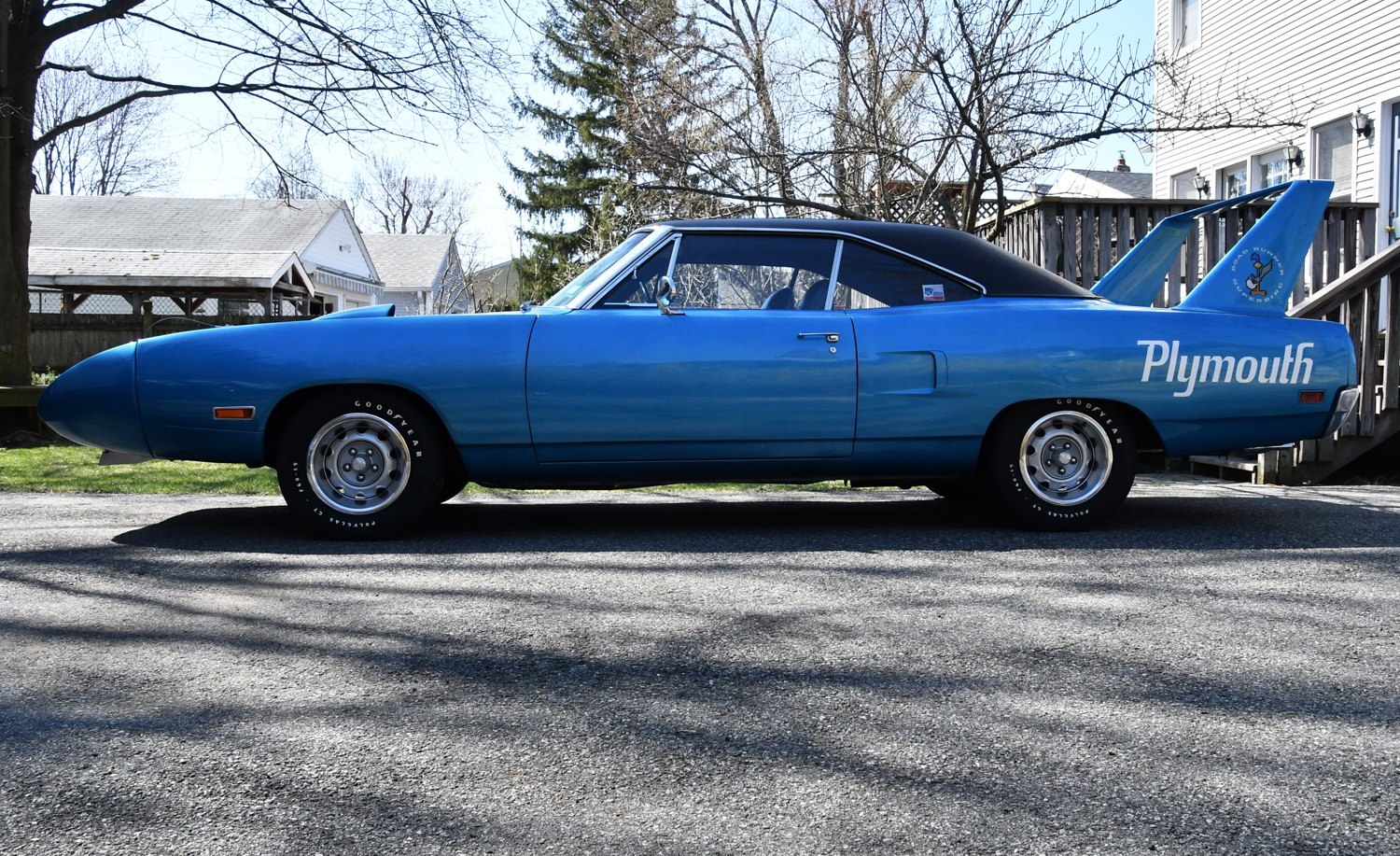
In the broadest sense, a collectible car is one you do not need in the least but would most love to have. Much like asking opinions on who makes the best pizza, the definition of a Collectible automobile can vary. In the case of Jay Leno, he says, “It should be of technical or historical interest, fun to drive and pleasant to look at.” Others such as renowned car enthusiast Miles Collier, founder of the Revs Museum and Dr. Fred Simeone founder of the eponymous Simeone Automotive Foundation Museum both put a more a much finer point on what determines a true collectible automobile. For the sake of this article, I would like to take everyone to my friend Vinny Plotino’s garage.
 Opening the garage doors reveals a pristine B5 Blue 1970 Plymouth Superbird and a severely distressed 1962 Ford Falcon. Few cars could stand farther apart on the collector car spectrum. Vinny’s Superbird towers as an unmodified, low mileage, highly valued iconic beacon of visually outrageous high performance.
Opening the garage doors reveals a pristine B5 Blue 1970 Plymouth Superbird and a severely distressed 1962 Ford Falcon. Few cars could stand farther apart on the collector car spectrum. Vinny’s Superbird towers as an unmodified, low mileage, highly valued iconic beacon of visually outrageous high performance.
His lowly, bland Ford Falcon displays a level of patina that crosses the line into structural decay. As to its cash value, it has none. Vinny pays more each year for a place to store the car than the car is worth. However, value to the wallet can be trumped by value to the heart. ToVinny, this Falcon belonged to his beloved and deceased childhood neighbor Mrs. Olesko. This 85-horsepower budget coupe never got more than 20 miles out of town and never did so at great speed. However, while traveling within that tight circle it played a huge part in Vinny’s life since he was seven-years old. He treasures that little blue Falcon for all the love and memories it holds for him but for him alone and no other collector. However, what of other vehicles that do not rely on tender memories to have value? These special interest vehicles merit love and admiration as subjects of desire for what they represent within the broad universe of Collector Car enthusiasts. Using Hagerty and other respected sources, I have segmented such special interest vehicles into three specific groupings as automobiles desired in primarily unmodified form.
In the case of Collier and Simeone, the emphasis placed on a car’s proximity to its original unmodified form is of paramount importance, with its worth determined by a rigorous assessment based on a specific set of attributes.
Roughly based on Collier’s and Simeone’s benchmark’s for collectability, the following four primary attributes and three attribute enhancements represent the primary drivers of a vehicle’s worth as a Collectible car.
PRIMARY ATTRIBUTES
- Evidence of past design innovation, style, construction technique, etc (1971 Hemi Cuda, 1938 Alfa Romeo 8C 2900B, 1957 Corvette)

Plymouth Hemi ‘Cuda
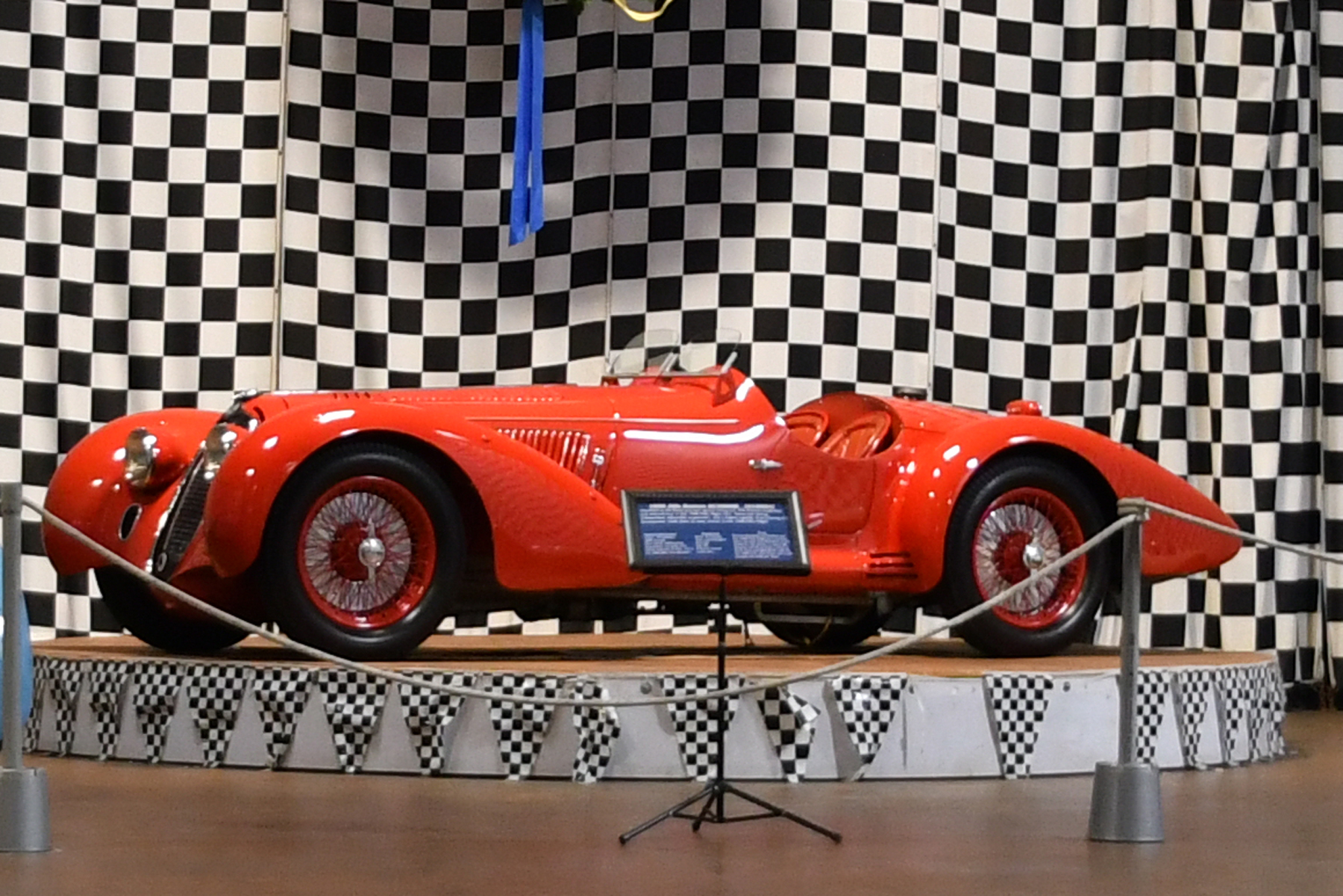
1938 Alfa Romeo 8c 2900B
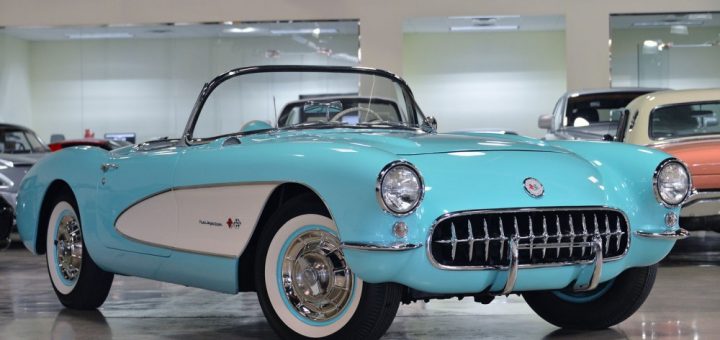
1957 F.I. Corvette
- Political, cultural or spiritual significance for a particular segment of society (Bullitt Mustang, James Bond’s 1964 DB5 Aston Martin)
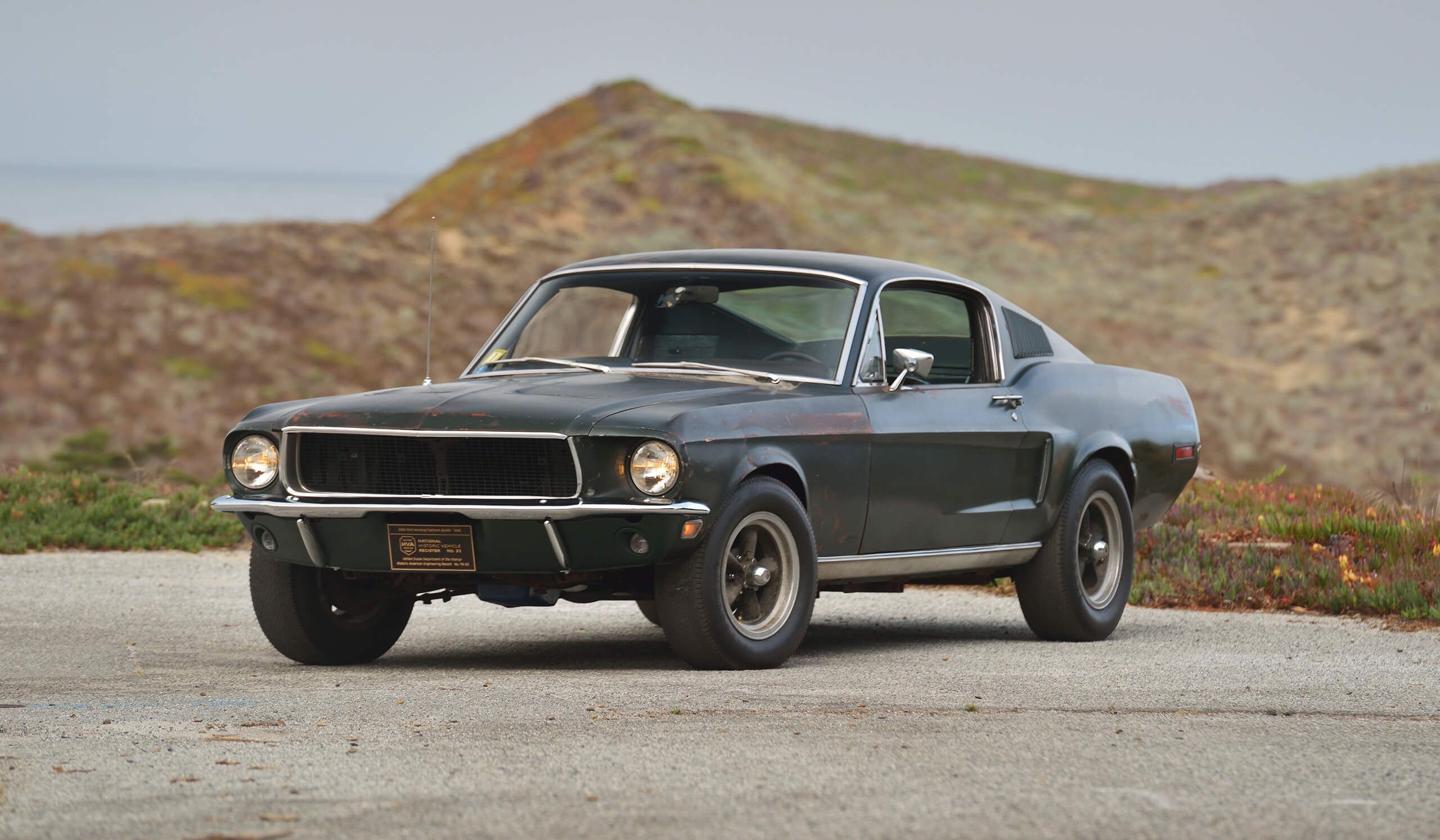
1968 Bulltitt Mustang

1964 “James Bond” DB5 Aston Martin
3. Association with a particular event or individual (Bonny and Clyde’s Ford V8, John Lennon’s Rolls-Royce, Clark Gable’s Jaguar XK120)
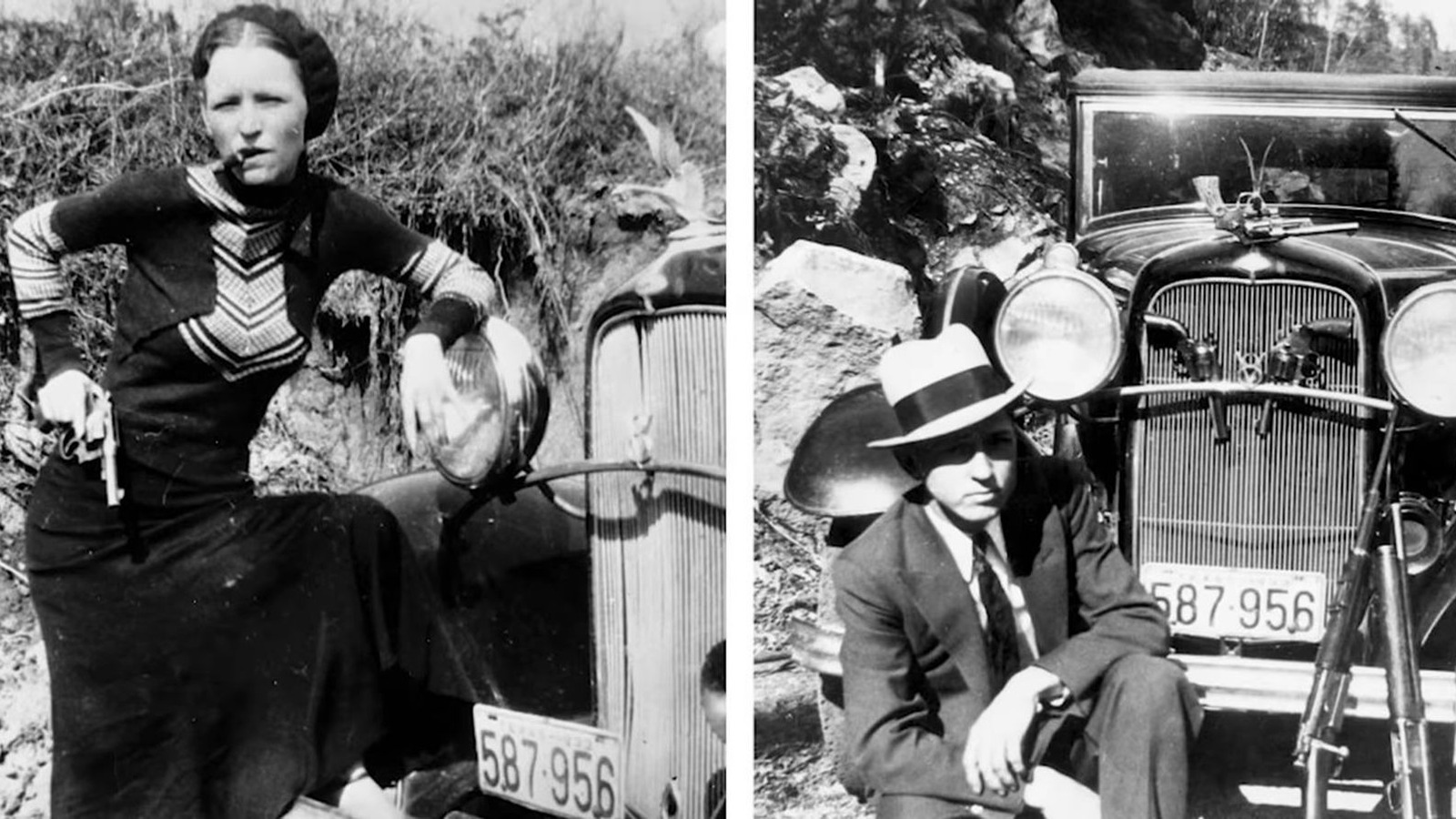
Bonny and Clyde’s “34 Ford V8
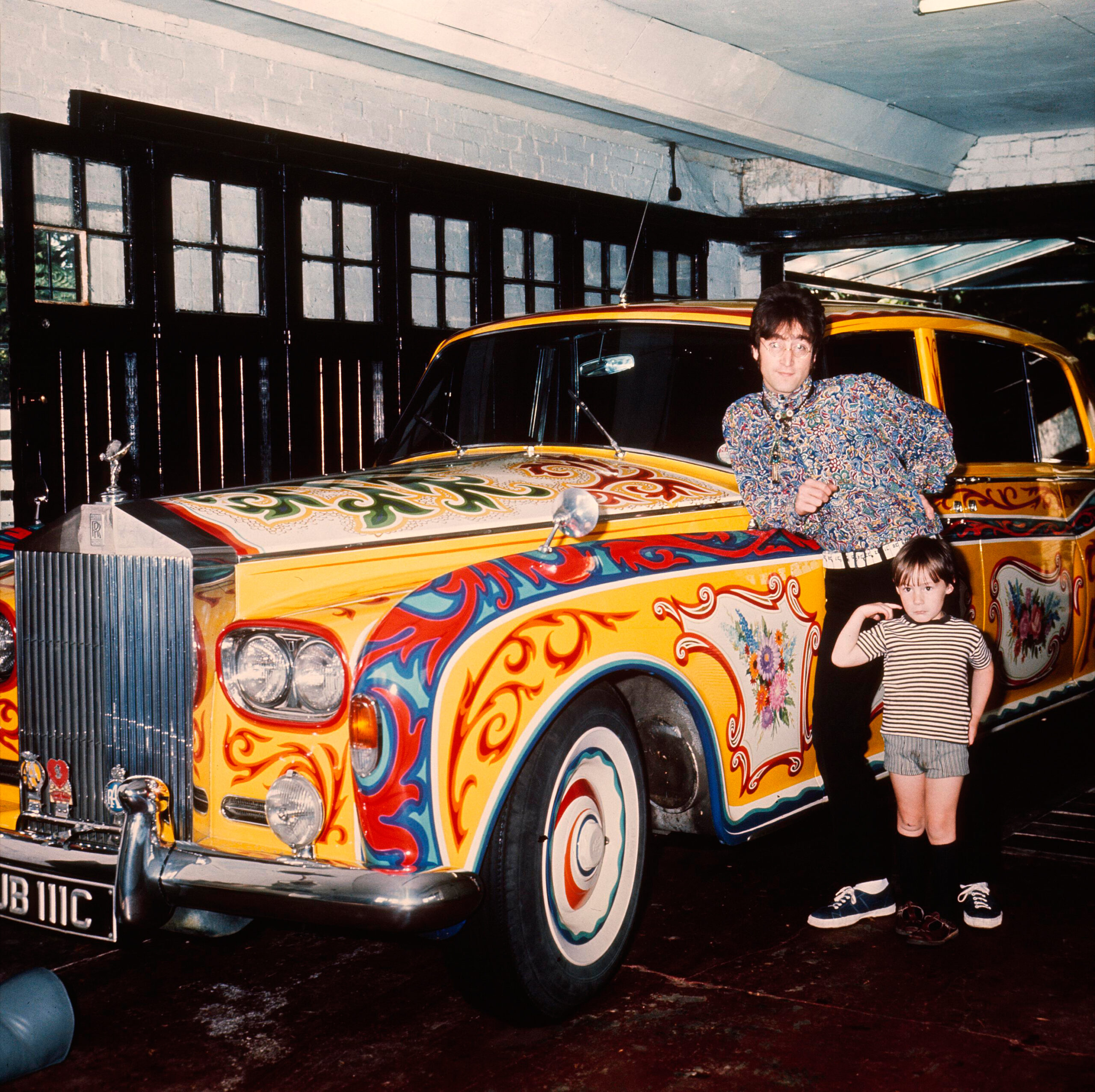
John Lennon’s Rolls-Royce

Clark Gabel’s 1952 XK120 Jaguar
4. Exceptional aesthetic qualities of form and decoration (1961 Jaguar E-Type, 1936 Bugatti Type 57 Atlantic Coupe, 1963 Corvette split window coupe)

1961 Jaguar E-type
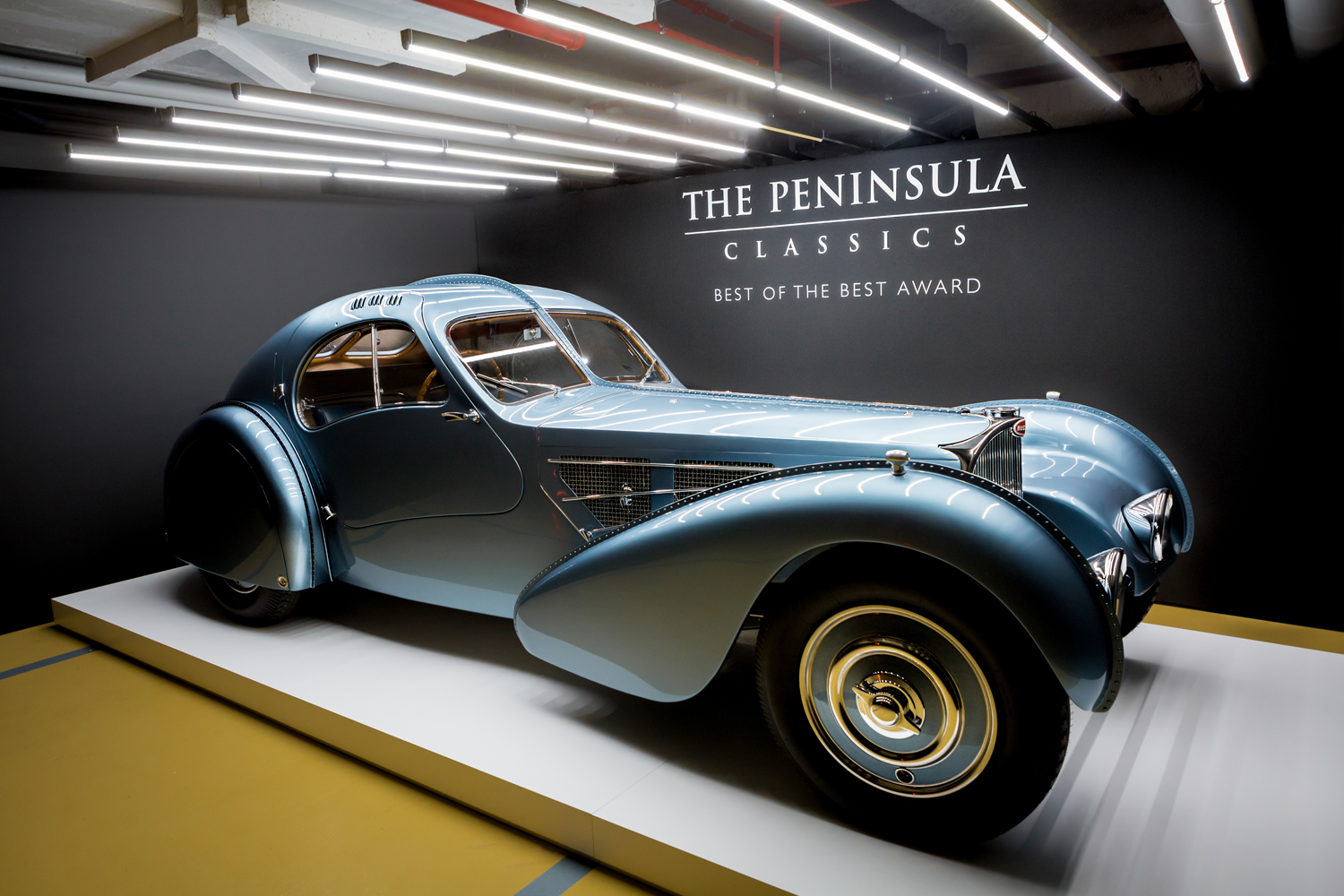
1936 Bugatt1 Atlantic

1963 Corvette Sting Ray
ATTRIBUTE ENHANCEMENTS
1. Popularity that increases desirability in the present marketplace (1st Generation 1970- 1972 Datsun 240Z, 1st Generation 1966 – 1977 Ford Bronco, 1st Generation 1986 – 1991 BMW E30 M3)
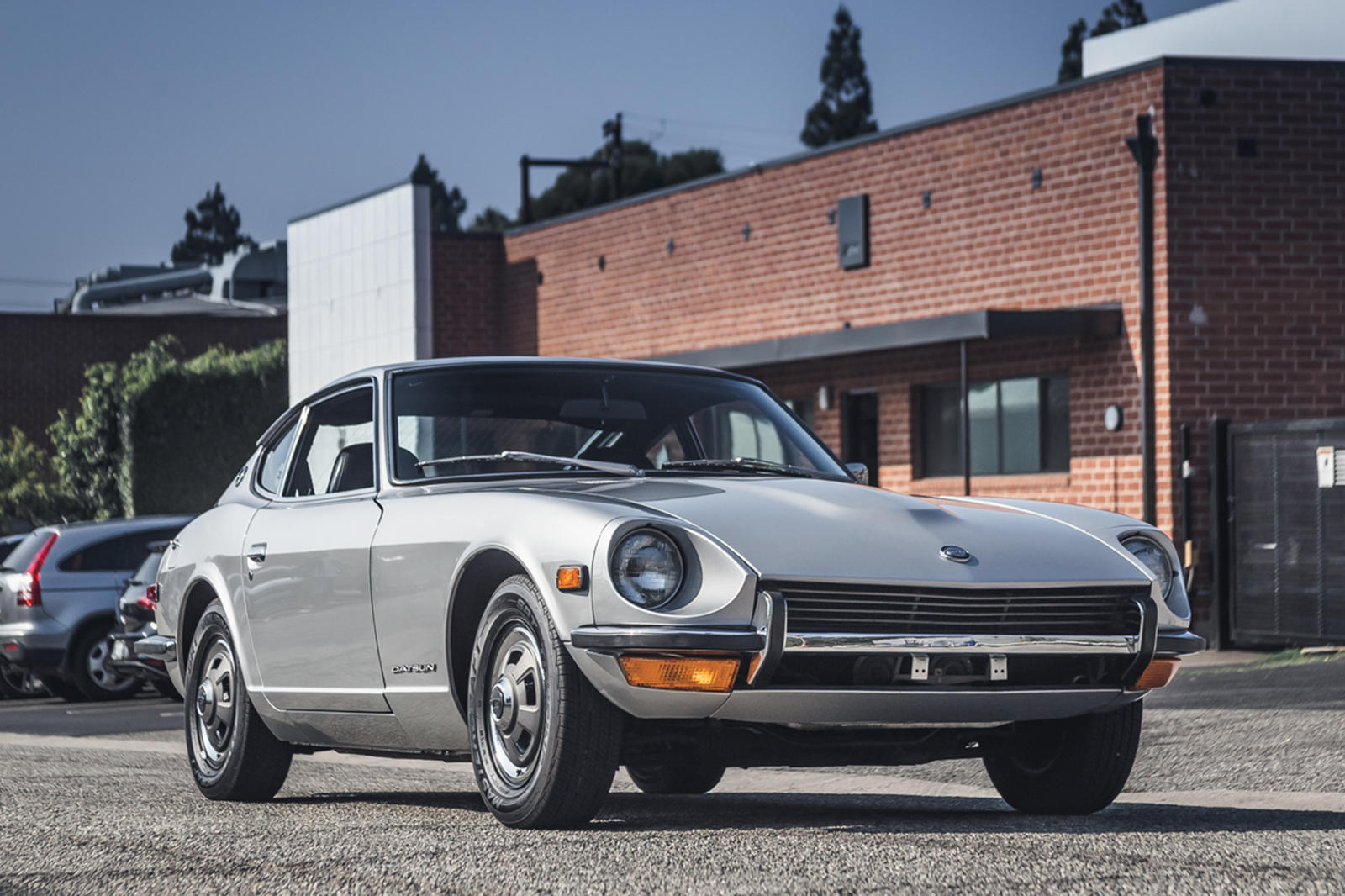
1st Generation Datsun 240Z
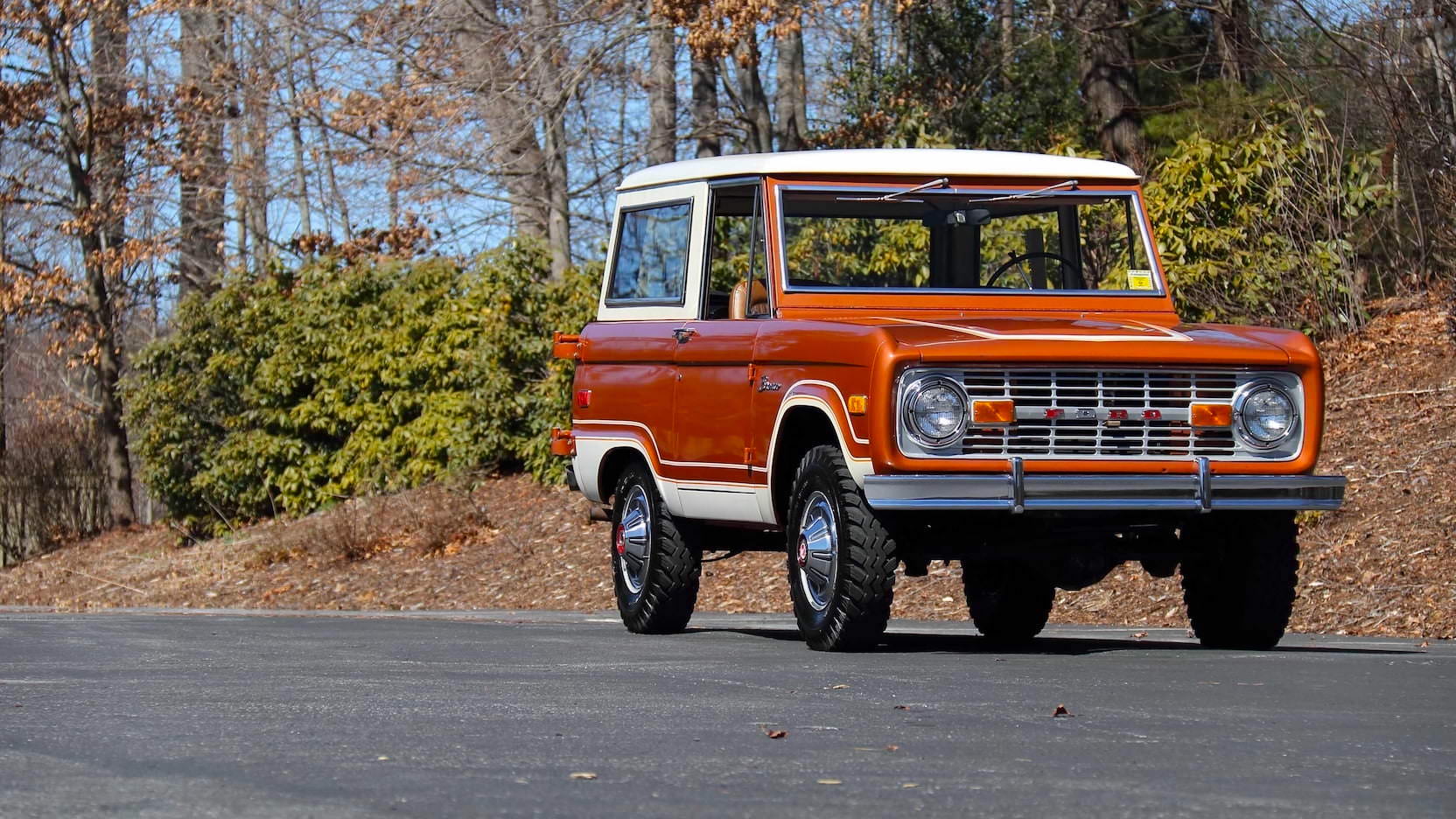
1st Generation Ford Bronco
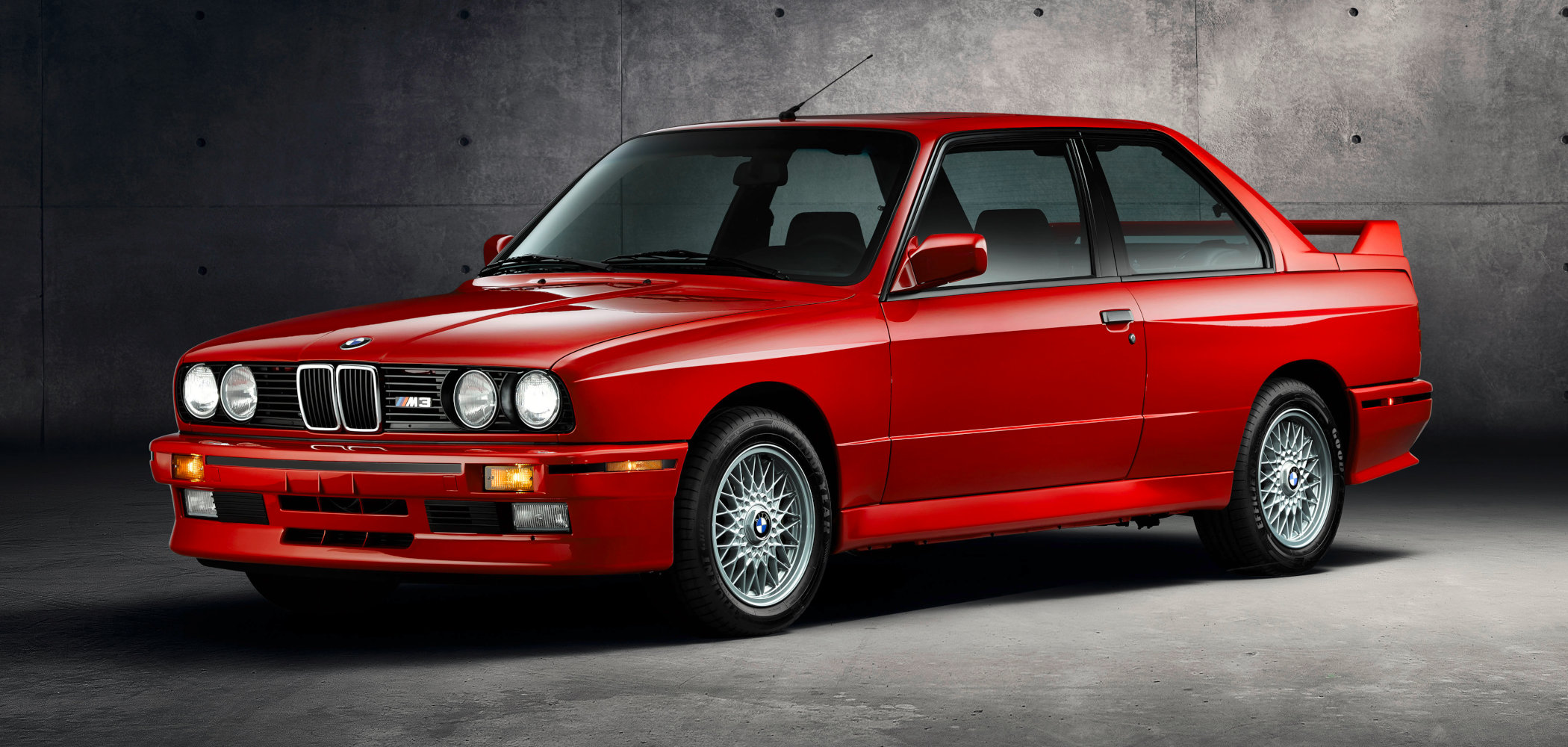
1986-1991 BMW E30 M3
3. Originality, condition and extent of remaining original material (Tom Cotter Barn Find 1967 Big Block Shelby Cobra, 1966 Ferrari 275 GTB, Seinfeld’s 1958 Porsche Speedster)

Barn Find Original, 1966 Ferrari 275 GTB and 1967 Big Block Shelby Cobra
3. Rarity as a survivor. Probably fewer pristine 1977 Mavericks exist than the thirty something early 1960s Ferrari 250 GTOs. However, the Maverick has no value while recently a 250GTO sold for $51.7 Million.

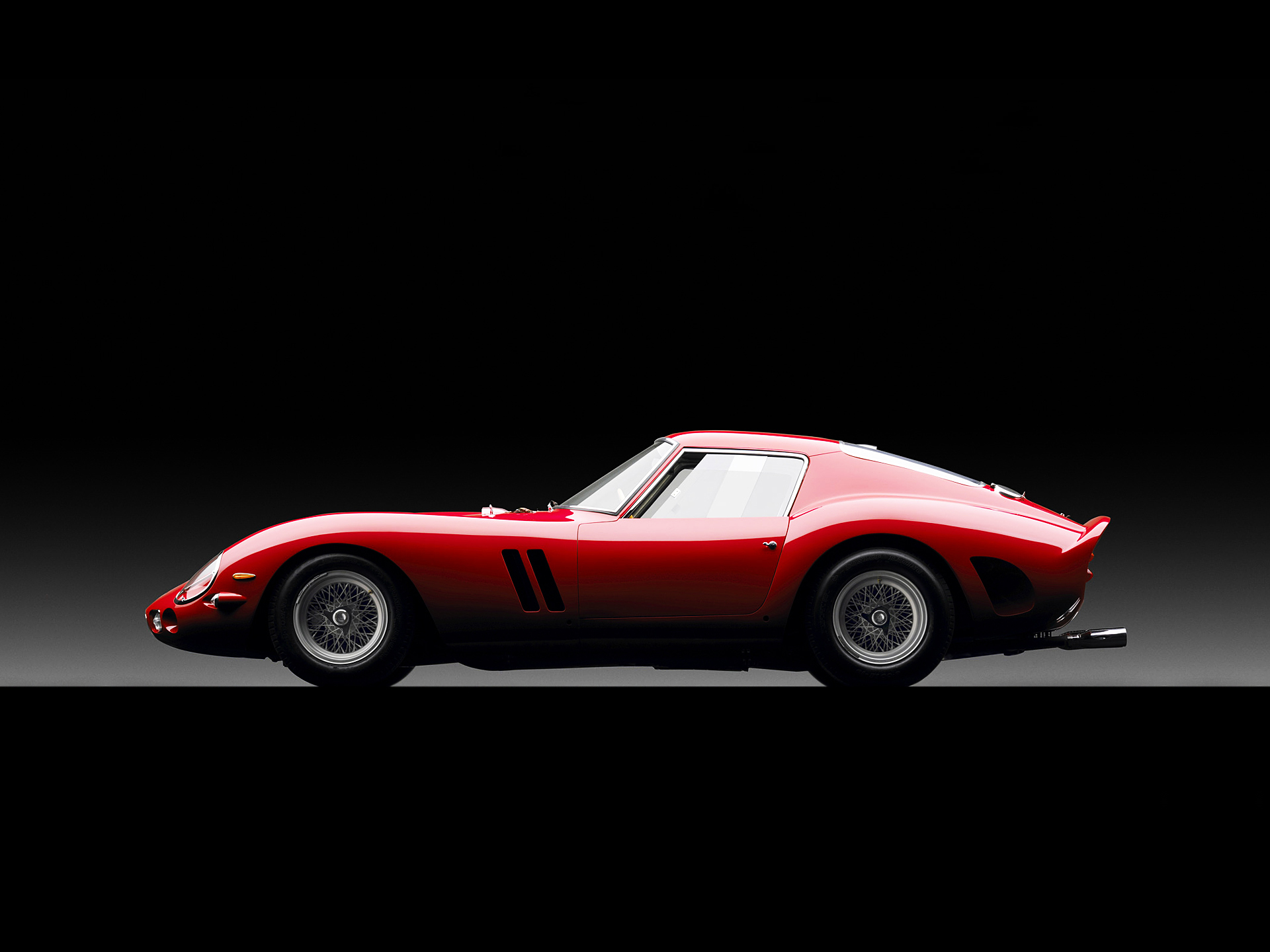
1962 Ferrari 250 GTO
The following three specific groupings offer special interest cars where the determination of value resides to a significant measure on the degree it possesses Primary Attributes and Attribute Enhancements:
Brass Era – Vehicles from 1903 to 1918 named for the prominent brass fittings used during the period for such features as lights and radiators.

1907 Thomas Flyer
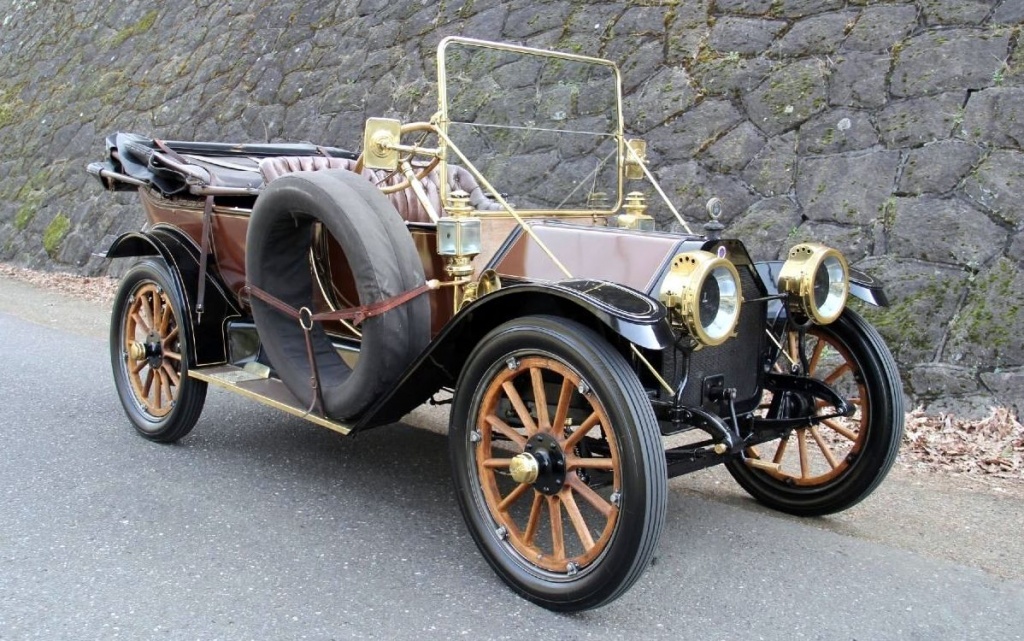
Brass Era 1912 Buick
Vintage Cars – Vehicles produced between 1919 to 1969.

1935 Duesenberg
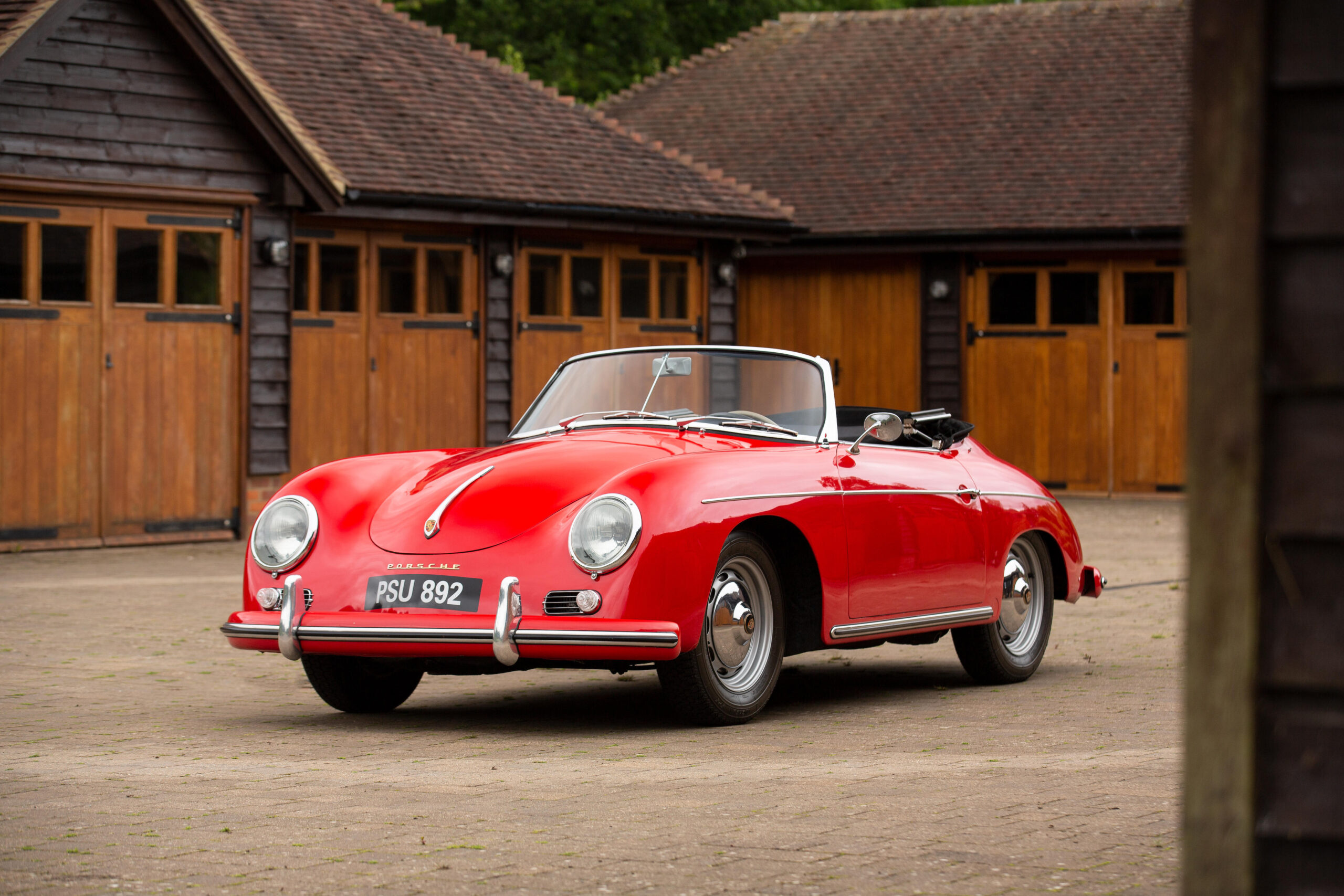
356 Porsche
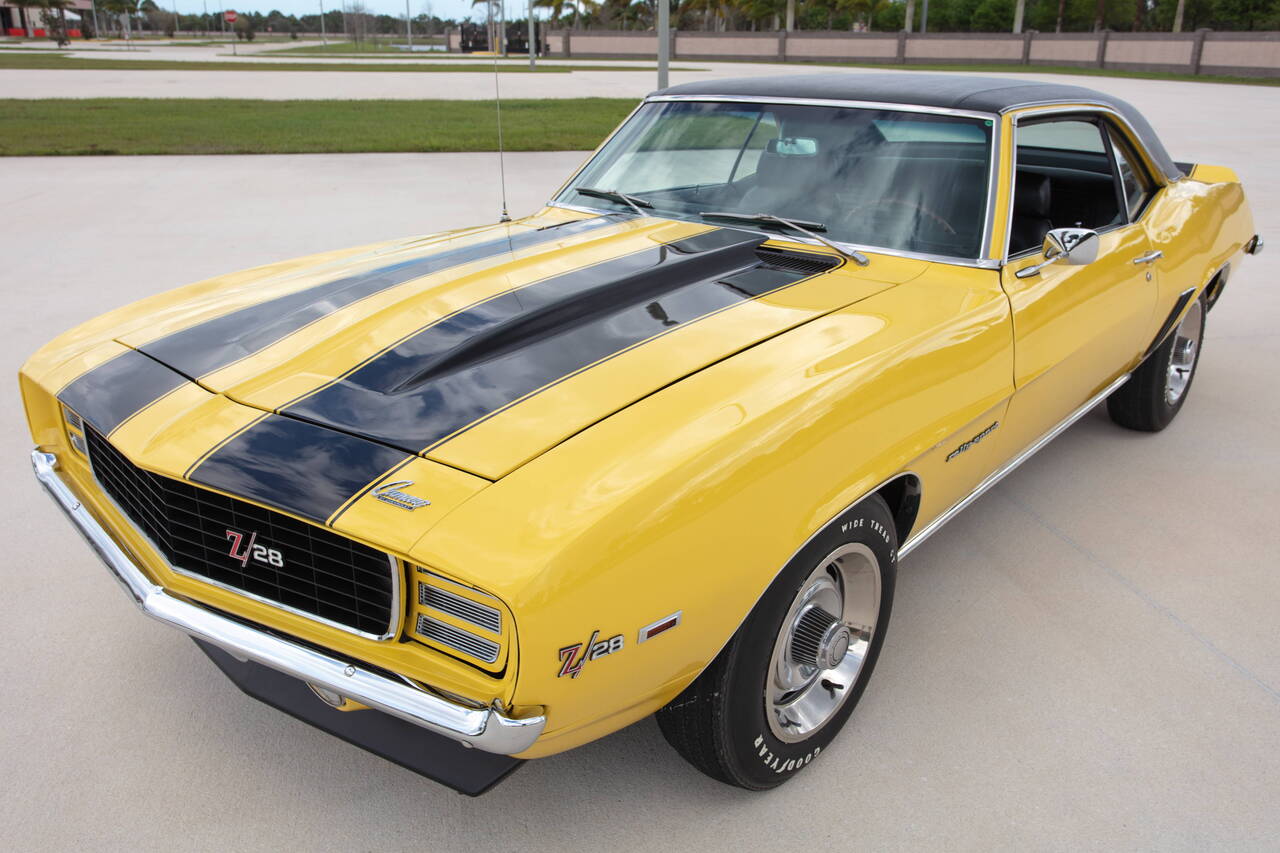
1969 Camaro Z28
Classic Cars – Vehicles at least 25 years old but not older than 50 years, So roughly 1970 to 2000.

1987 Buick Grand National GNX
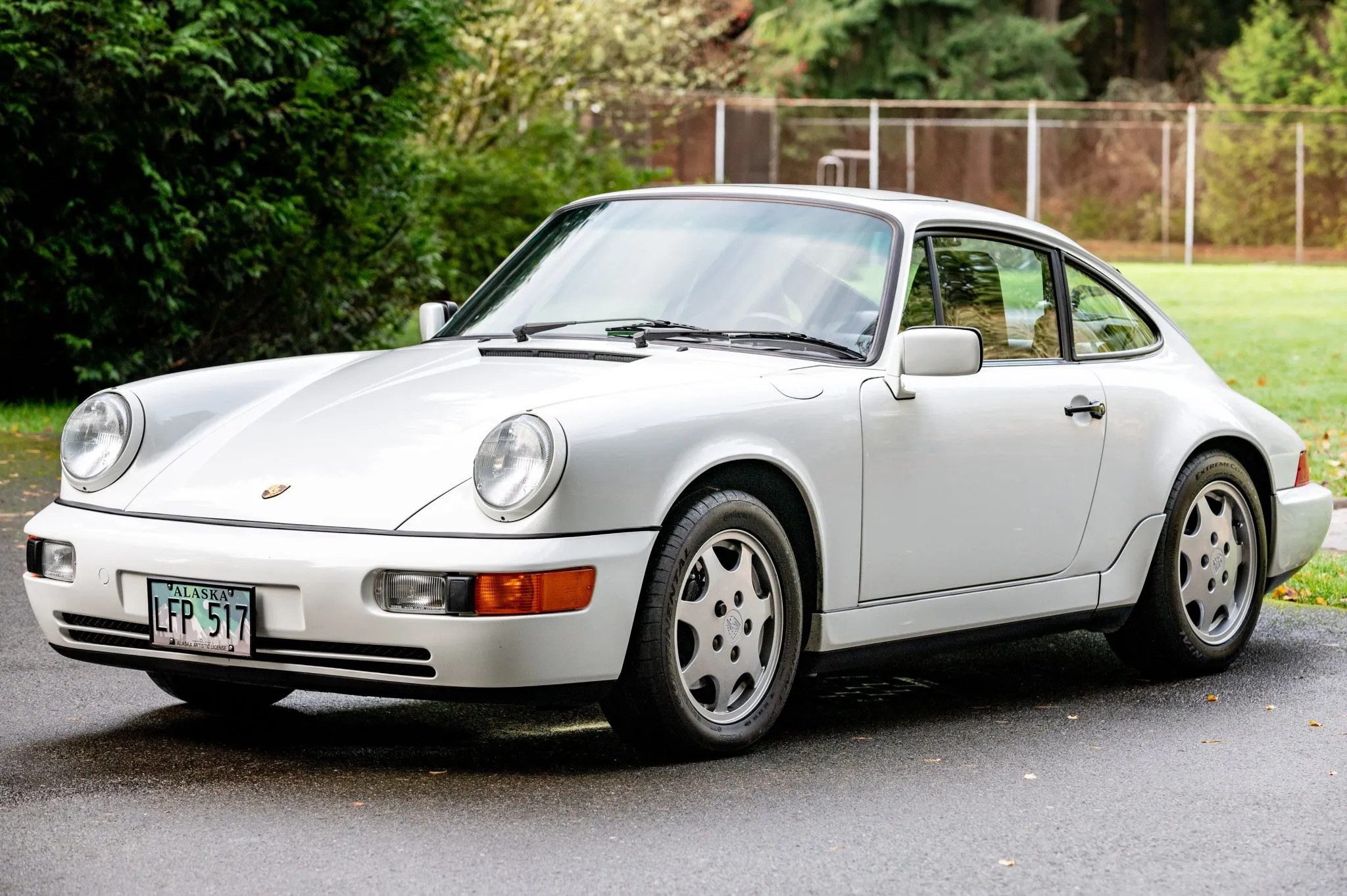
1990 Porsche 911
Three other families of cars have been excluded (some may say arbitrarily) from the value discussion as the means for establishing their worth does not conform to the determinants defined by the Primary Attributes and the Attribute Enhancers. Their exclusion does not mean that these cars have no value, many have significant value, or that that enthusiasts do not collect them. Many do, but these segments of the enthusiast universe do not, at this point, enjoy the broadest appeal.
The first two segments are Hot Rods and Restomods, not because they are not collected, they certainly are, but because they are for the most part individual expressions of personal taste.
Hot Rods
Hot Rods traditionally are early to mid-20th century automobiles stripped down, rebuilt and modified according to an individual’s personal taste for high speed, fast acceleration and at times, trumping the first two, design.
The operative phrase in assessing their value is “personal taste.” Creating a unique hot rod has its greatest appeal to a market of one, the builder, which is not to say that they do not appeal to others. But for the most part they do not appeal to the broadest audience.

1927 Ford Model “T” Sedan

1950s Mercury
Restomods
Restomods are a newer entry on the car enthusiast scene. Primarily Vintage or Classic Cars subjected to both restoration and modification. They combine classic looks and modern convenience. Restoration returns a vehicle to a state representing its original condition. Modification can introduce body alterations and extensive upgrading of suspension, drive train and interior with new non-original specification components. The nature of the modification rests solely on the basis of the restomod owner’s personal tastes and desires.
Again the operative phrase in assessing value is personal tastes. As with Hot Rods a Restomod often targets its greatest appeal to a more limited market. And while they are gaining in popularity, they remain a special segment within the broader market.
Restomods pursue the incorporation of the latest features in a classic body. The question can be posed as to whether an older restomod as it ages with dated technology will appreciate. In the case of an original classic Corvette, Porsche or other vehicle, it will never need to change its dated engine or chassis to maintain its collectability.

1961 Corvette Restomod

1957 Chevrolet Bel Air Restomod
The third family of cars are Hypercars
The hypercar arrived on the scene with the 21st century. In essence the term hypercar describes an absurdly powerful, outrageously expensive, limited edition sports car. All hypercars have theoretical top speeds approaching or exceeding 300 mph and prices well into seven figures.
To quote The New Yorker magazine some motoring aficionados view driving a hypercar like cracking a nut with a diamond-encrusted sledgehammer.
On the rare occasion when mingling on public roads with we common folk, hypercars and their, notch lower but still outrageous, supercar brethren are often driven in a manner that leave behind a wake of single finger salutes.
They are rare, they are fabulously expensive, they are contemporary trophies to excess and people do collect them, however they do not fit into this article’s Collectible segments of Brass Era, Vintage and Classic segments spanning 1903 to 2000.

2023 Bugatti Divo

2024 Czinger 21C
It should be noted that not all cars from any period merit Collectible Car status. A good indicator of a car deserving of such recognition occurs when, over time, its price declines from new and after hitting a bottom appreciates to a point far exceeding its original cost due to its being recognized as highly desirable.
 Basically, emotional appreciation of a car by car enthusiasts translates into monetary appreciation in the car’s value. Thus defines the difference between a Collectible Car and a used car.
Basically, emotional appreciation of a car by car enthusiasts translates into monetary appreciation in the car’s value. Thus defines the difference between a Collectible Car and a used car.

That Falcon looks like the one I’ve seen at the place I keep my old car. It caught my eye, as when was the last time you’ve seen one?
Bonnie and Clyde’s Ford looks like a ’32.
I believe it is being stored there now. It is a ’34.
Meticulous breakdown (as always!) of an “esoteric” yet tangible topic. Automobiles are unique to everyone’s individual tastes and have more meaning/importance/ or just love based on the many points you outlined. Thank you as always for providing your unique and car-loving attention to topics automotive enthusiasts – and anyone else who will read – will certainly understand and learn from.
Thank you for your well thought out commentary. Always appreciated.